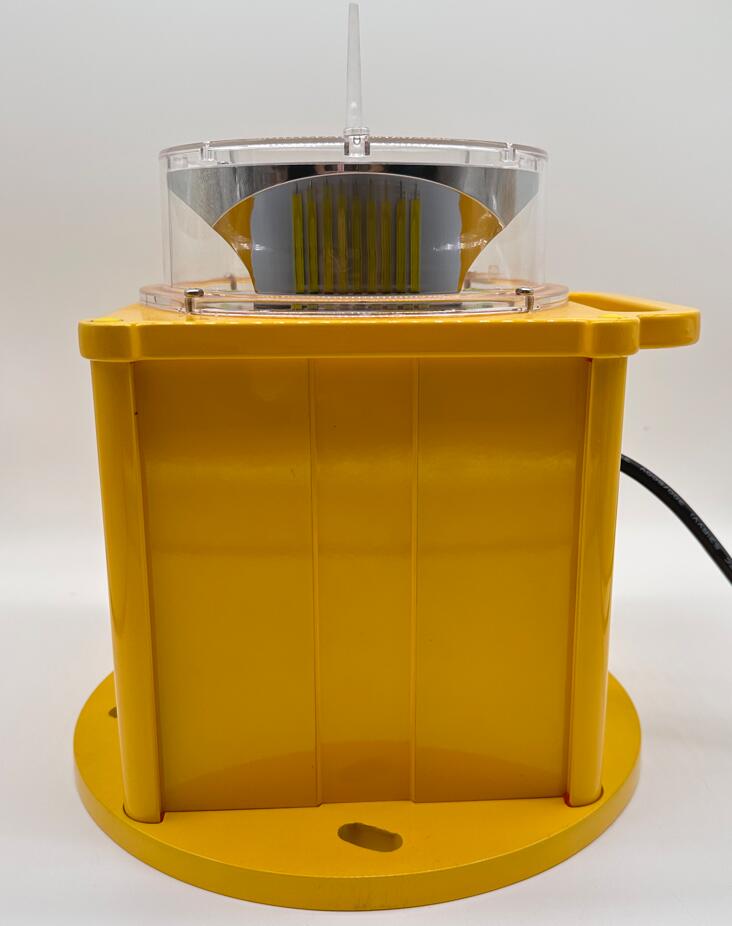Helipad Beacon: The Guiding Star for Helicopter Landings
In the intricate world of aviation, a helipad beacon serves as a crucial navigational aid, ensuring the safe arrival and departure of helicopters. This unassuming yet essential device plays a vital role in various scenarios, from emergency medical evacuations to corporate transportation.
The Significance of Helipad Beacons
Helipad beacons are the visual landmarks that guide helicopter pilots, especially during challenging conditions. At night, in fog, or during heavy rain, these beacons cut through the obscurity, providing a clear indication of the helipad's location. For instance, in a large city with numerous tall buildings, a well - functioning helipad beacon on a hospital rooftop can make the difference between a smooth landing and a potentially dangerous situation when transporting critical patients.
Functions of Helipad Beacons
Visual Identification
The primary function of a helipad beacon is to offer visual identification. It emits a distinct pattern of light, often a combination of flashes and colors, which is easily recognizable from the air. A common configuration is a white flash with an additional color, like green or yellow. The white flash provides high - visibility illumination, while the supplementary color helps in differentiating the helipad from other light sources in the vicinity. This clear visual cue allows pilots to quickly and accurately locate the landing area.

Approach Guidance
Helipad beacons also provide guidance during the approach phase. The direction of the light beam can indicate the orientation of the helipad, assisting pilots in determining the correct approach angle. In some advanced systems, the intensity of the light can convey information about the helicopter's distance from the helipad. As the helicopter approaches, the light intensity may increase, giving the pilot a sense of proximity.
Technological Features of Helipad Beacons
Modern helipad beacons are equipped with advanced technology to enhance their effectiveness. LED (Light - Emitting Diode) technology has become prevalent in their construction. LEDs offer several advantages, such as low power consumption, which is beneficial for helipads with limited power supplies or those aiming for energy - efficiency. They also have a long lifespan, reducing maintenance costs. For example, an LED - based helipad beacon can operate for tens of thousands of hours without significant degradation in performance.
| helipad beacon |
| helipad beacons |
Some helipad beacons are integrated with intelligent control systems. These systems can adjust the brightness, flash rate, and color of the beacon based on environmental conditions. During heavy fog, the system can increase the brightness and flash rate to enhance visibility, while in clear weather, it can reduce the brightness to avoid glare for pilots and minimize light pollution.
Maintenance and Standards
Regular maintenance of helipad beacons is crucial to ensure their proper functioning. Maintenance tasks include checking the light bulbs (or LEDs), cleaning the lenses, and inspecting the electrical connections. There are also strict international standards that helipad beacons must adhere to. The International Civil Aviation Organization (ICAO) has defined specific requirements regarding the intensity of the light, the color specifications, and the flash patterns. These standards ensure consistency and safety across different regions, enabling pilots to rely on the beacons regardless of their location.
In conclusion, the helipad beacon is an indispensable part of helicopter aviation. Its ability to provide visual identification and guidance in diverse weather conditions makes it a cornerstone of safe helicopter operations. With continuous technological advancements, helipad beacons are becoming more efficient, reliable, and adaptable, further enhancing the safety and efficiency of air travel. As the demand for helicopter services grows, the importance of these beacons will only continue to rise.
